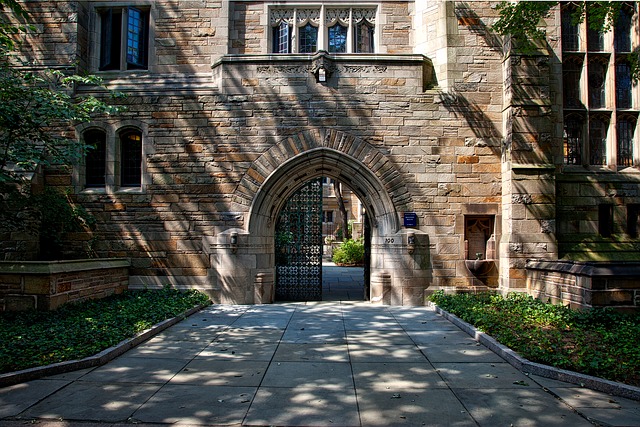The salaries of university presidents might be the clearest indication of what is happening in higher education, profiteering at the expense of those who want to further themselves through education in these uncertain times.
With the increase of the cost of college and student debt, college presidents’ salaries also continue to rise. College presidents have a notable increase their gains, which is part of the trend of corporatization of education.
The average of total compensation of college presidents who serve a full year is now over half a million dollars. The top ten highest-paid college presidents in the United States make several million dollars per year. The highest-paid president, Jack Varsalona at Wilmington University in Delaware, made about $5.4 million dollars in 2014 according to a study conducted by The Chronicle of Higher Education in 2016.
The cost of a college education has nearly doubled in the last twenty years and student debt has steadily increased as well. In fact, in the in 1993-1994 about half of college graduates left school with debt incurred from their educations with an average just over $10,000. But today nearly two-thirds have debt with the average having about $35,000 in debt.
The Trend of Corporatization of Academia as Seen in Collegiate Athletics
The enrichment of a few top-level employees at the expense of students can also be seen in the business of college sports where coaches make multiple times what even college presidents make. Jim Harbaugh, head football coach of the University of Michigan, leads the way at just over $9 million per year.
In the meantime, the athletes must adhere to strict rules while colleges and corporations rake in millions. The highly touted “full-ride” athletic scholarships are an exception, with the majority of athletes receiving partial scholarships or full scholarships for only a portion of their time in college. Athletic scholarships are also not guaranteed for the academic career of the students and are generally yearly commitments.
This is not to get into the deep discussion about the compensation of student athletes. It is only to point out that college has become a business where the people at the top of the pay scale (coaches, presidents, and administrators) rake in guaranteed millions while the students and adjunct faculty have few, if any, guarantees.

What do CEOs and College Presidents have in Common?
This relatively new trend of compensation in colleges is not novel in the corporate world where the pools of people who are bringing the labor capital to the table are often placed in a compromising position. This strategy of putting employees in precarious positions, used by major corporations follows the doctrine of neoliberalism, which favors a “flexible” workforce where employees are constantly in peril. This has resulted in CEOs receiving unprecedented increases in salaries over the past thirty years.
In this interview, Noam Chomsky eloquently explains how the US University system increasingly favors the interests of those at the top in a business model where the bottom line is what is most important, not education.
The crazy thing that I found about college is that, unlike dealing with another business a car company, for example, my investment was not guaranteed. I paid thousands of dollars, maintained a 3.6 GPA and completed and paid for more than the 30 credits of my program and walked away with nothing. Regardless, I had little legal recourse. But if I were buying a car on credit, making payments, etc. I would receive a car in the end. There is no such guarantee in academia.
This uncertainty is an astonishing aspect of the business of higher education, which is rarely discussed. It makes one want to examine what is happening in our system and question everything, including the similarities between CEOs and college president pay scale. While CEOs still make 276 times their average worker’s salary, college presidents make about 129 times what their students make after years in the workforce. The main difference is that if you pay for the product that the CEOs are peddling you receive it, while college degrees are not guaranteed, even if you deliver your part of the bargain.
Often recent graduates are clinging to jobs because they have been saddled with so much debt that they aren’t able to go out and test the market to find higher pay. This is the result of them being put in a position where they are just doing what they can to get by and are terrified of the possibility of losing their employment.
Does it benefit our society to increasingly have higher education run like a business? I would appreciate your opinions.

0 Comments